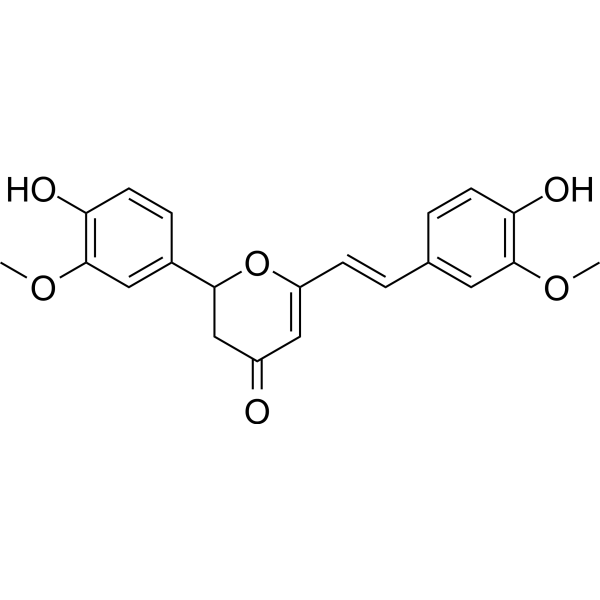Comprehensive determination of phthalate, terephthalate and di-iso-nonyl cyclohexane-1,2-dicarboxylate metabolites in wastewater by solid-phase extraction and ultra(high)-performance liquid chromatography-tandem mass spectrometry
Author:Est¨¦vez-Danta A, Rodil R, P¨¦rez-Casta?o B, Cela R, Quintana JB, Gonz¨¢lez-Mari?o I.
Journal:Talanta,2021 Mar 1;224:121912
Abstract:Plasticizers are chemical compounds used in the production of flexible plastics for a large variety of applications. They are present in most of the environments and, hence, we are highly exposed to them via several routes (ingestion, inhalation, etc). Due to the endocrine disruption potential of some of these chemicals and the unknown toxicological effects of their alternatives, assessing human exposure to these contaminants is an issue of emerging concern. Herein we propose an analytical methodology for the determination of several plasticizer metabolites in wastewater as a non-invasive, cheap, and fast exposure monitoring tool complementary to the analysis of urine. A solid-phase extraction procedure followed by an ultra(high)-performance liquid chromatography-tandem mass spectrometry method was optimized and validated for 21 analytes among phthalate, terephthalate, and di-iso-nonyl cyclohexane-1,2-dicarboxylate metabolites. Method quantification limits ranged from 0.079 to 4.4 ng L-1. The method was applied to the analysis of seven daily composite wastewater samples collected in the NW of Spain. Metabolites of low molecular weight phthalates and of di-2-ethylhexyl phthalate were quantified in all samples, despite the existing regulations limiting the use of phthalates. Metabolites of terephthalates, introduced at the end of the 20th century as phthalate substituents, were also quantified in all samples, being the first time that they were detected in this matrix. Exposure back-calculation highlighted di-2-ethylhexyl terephthalate as the second most common plastic additive after diethyl phthalate in the population considered, reflecting the increasing substitution of di-2-ethylhexyl phthalate by its analogous terephthalate.
Products Used:

